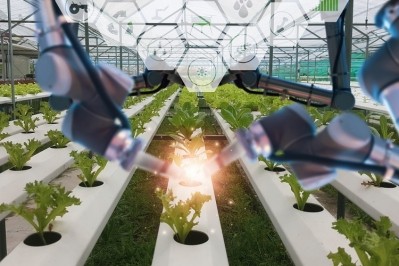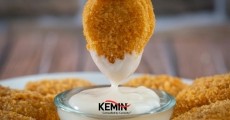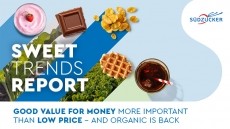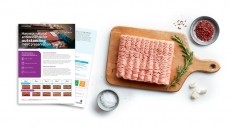Industry breakthrough in the fight against fake foods
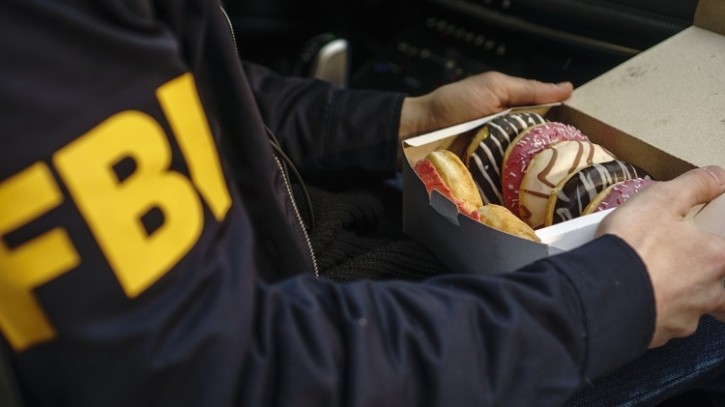
Fake food and beverage products are creeping into the supply chain in countries across Europe. From counterfeit parmesan cheese production to hazelnut producers hiding forced labour, the problem reaches far and wide, and it’s growing.
“Food fraud is all around us: in our supermarkets, restaurants, at the corner shop or online,” said a spokesperson for consumer watchdog, FoodWatch. “Selling counterfeit, contaminated, adulterated or illegal food; giving fake designation of origin labels; creating imitation wines or fake pesticides has become a juicy business where the risk of getting caught is disturbingly low.”
The good news however, is that the industry is starting to fight back, with new ways of detecting the fakes discovered all the time. The latest breakthrough being in the sticky world of fake honey.
Honey is a hugely popular product with consumers, and the market is now valued at a whopping 9.01 billion USD globally. This makes it very attractive to counterfeiters looking to profit from fakes. In fact, a recent report from the European Commission, found that 46% of 147 honeys sample tested, were likely to have been adulterated with cheap plant syrups. That’s a staggering statistic and highlights the urgent need for testing to protect consumers and manufacturers. But up to this point it’s been difficult to identify the fakes, making this latest breakthrough hugely important, and offers hope to manufacturers across all food and beverage.
What is honey adulteration?
Honey adulteration is where honey is mixed with other substances, such as sugar or water, to increase the volume of the product.
How are honey makers fighting the fakers?
The answer, as with so many things, lies in science. Researchers at Cranfield University in the UK have developed new ways to detect sugar syrup adulteration in honey, paving the way for the creation of fast and accurate testing to discover fake products.

Why is fake honey difficult to identify?
The characteristics of honey vary due to the sources of nectar, the time of year, and the surrounding geography. And it’s these variations that make honey such a complex product to analyse and adulterations so difficult to detect.
What’s more, current authentication methods are costly and time consuming, making the need for fast, efficient and affordable testing even more important.
Enter Dr Maria Anastasiadi. A lecturer in bioinformatics at Cranfield University, Dr Anastasiadi worked with the UK’s Food Standards Agency, and the Science and Technology Facilities Council (STFC), to establish a test, using a specialist light analysis technique to detect fake honey without even opening the jar.
Samples of honey, spiked with rice and sugar beet syrups, were tested using the non-invasive Spatial Offset Raman Spectroscopy (SORS) method, originally developed at STFC’s Central Laser Facility (CLF) in Oxfordshire, England. This method is commonly used in pharmaceutical and security diagnostics but was found to be highly accurate in detecting sugar syrups present in honey.
SORS rapidly identified the ‘fingerprint’ of each ingredient in the product, and the scientists combined this technique with machine learning to successfully detect and identify sugar syrups from various plant sources.
The researchers noted that the analysis method is portable and easy to implement, making it an ideal screening tool for testing honey along the supply chain.
“Honey is expensive and in demand, and can be targeted by fraudsters, which leaves genuine suppliers out of pocket and undermines consumers’ trust,” says Dr Anastasiadi. “This method is an effective, quick tool to identify suspicious samples of honey, helping the industry to protect consumers and verify supply chains.”
A second study, conducted by Dr Anastasiadi in collaboration with the UK’s Food Standards Agency and the Institute for Global Food Security at Queen’s University of Belfast, used DNA barcoding to detect rice and corn syrups spiked in UK honey samples. In this additional study, the team used 17 honey samples, collected from bee farmers around the UK and representing different seasons and floral nectar sources. In addition to this, four samples of honey were purchased from retailers around the UK. The samples were then spiked with corn and rice syrups produced in a range of countries.
The research team found that DNA barcoding, a method already used in food authentication to identify plant species in products, was highly effective in breaking down the composition of each sample and successfully detecting syrups within the product samples.
“To date, DNA methods haven’t been widely used to examine honey authenticity,” said Dr Anastasiadi. “But our study showed that this is a sensitive, reliable and robust way to detect adulteration and confirm the origins of syrups added to the honey. The large variation of honey composition makes it particularly difficult to authenticate. So having this consistent technique in the testing armoury could take the sting out of honey fraud.”

Source: Detection of sugar syrup adulteration in UK honey using DNA barcoding
Published online: 5 August 2024
DOI: https://doi.org/10.1016/j.foodcont.2024.110772
Authors: Sophie Dodd, Zoltan Kevei, Zahra Karimi et al.



